Home>Furniture>Living Room Furniture>Why Does My Dog Lick The Couch Cushions
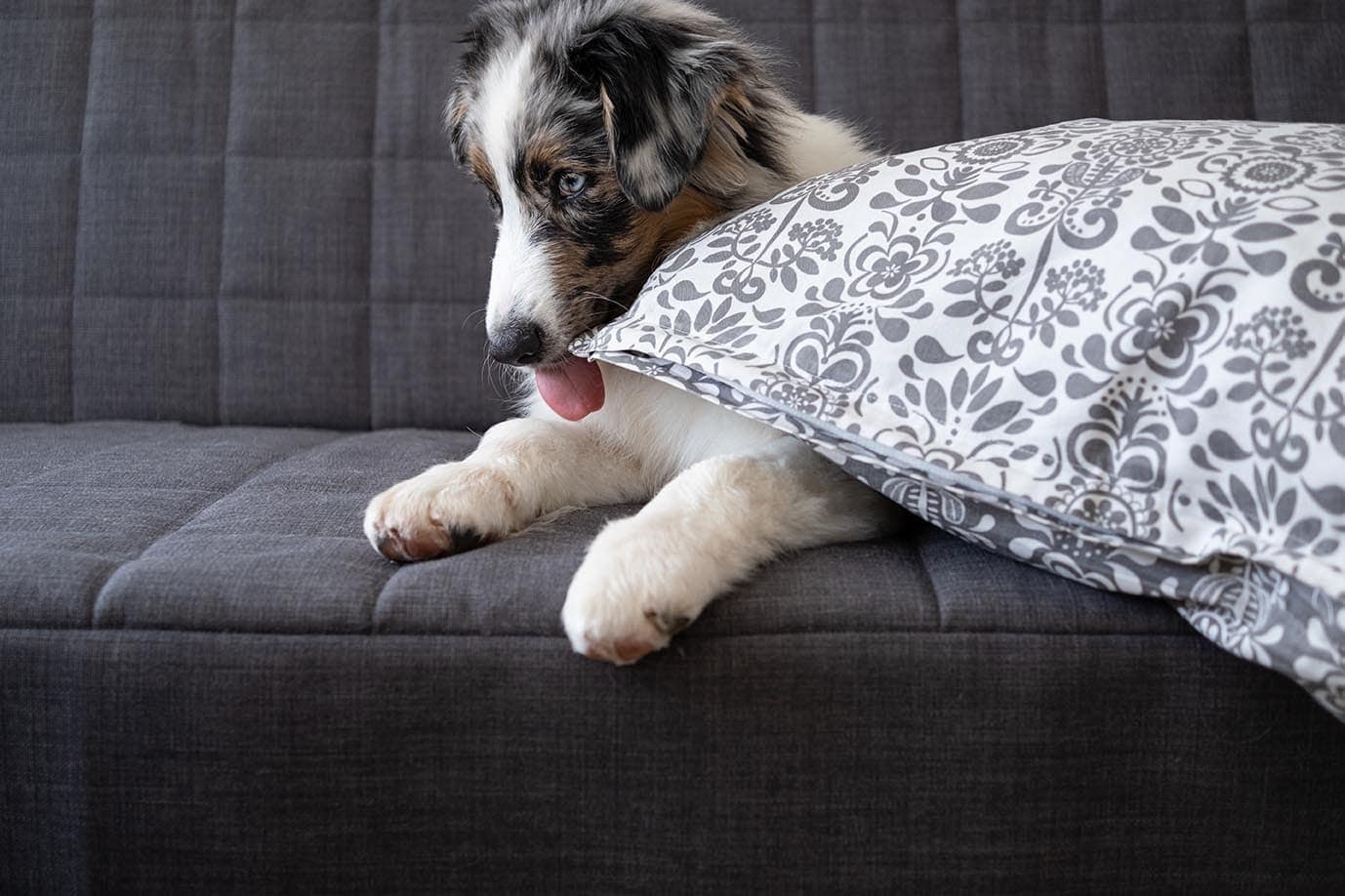

Living Room Furniture
Why Does My Dog Lick The Couch Cushions
Modified: March 16, 2024
Discover why dogs lick the couch cushions in your living room. Explore reasons and solutions for this common behavior in our comprehensive guide.
(Many of the links in this article redirect to a specific reviewed product. Your purchase of these products through affiliate links helps to generate commission for Storables.com, at no extra cost. Learn more)
Introduction
Welcome to the fascinating world of living room furniture and the curious behaviors of our four-legged friends. If you’ve ever wondered why your dog has a peculiar habit of licking the couch cushions, you’re not alone. This behavior can be mysterious and even frustrating for pet owners, but understanding the reasons behind it can help to alleviate concerns and find solutions.
To truly understand why dogs engage in this behavior, it’s important to delve into their natural instincts and behaviors. Dogs have evolved from their wild ancestors and have developed certain habits and behaviors that may seem odd to us humans.
In this article, we will explore the various reasons why dogs may lick the couch cushions. From seeking attention to indulging their taste buds, we will uncover the possible motivations behind this behavior. Additionally, we will discuss ways to prevent or manage this habit to ensure a harmonious relationship between you, your dog, and your living room furniture.
So, if you’re ready to dig deeper into the mysterious world of canine couch cushion licking, let’s begin!
Key Takeaways:
- Dogs may lick couch cushions due to seeking attention, flavor residue, boredom, curiosity, or medical issues. Redirecting their behavior and providing alternatives can help manage this habit positively.
- To prevent couch cushion licking, establish boundaries, provide exercise and mental stimulation, keep furniture clean, and seek professional help if needed. Consistency, patience, and positive reinforcement are key in modifying your dog’s behavior.
Read more: Why Does My Dog Lick Furniture
Understanding the Behavior of Dogs
Before we dive into the specific reasons why dogs lick couch cushions, it’s important to have a basic understanding of canine behavior. Dogs are highly social animals with complex emotions and instincts. They rely on various forms of communication to express their needs, wants, and emotions.
Licking is a natural behavior in dogs, and it serves multiple purposes. Puppies often lick their mother’s face and body to communicate submission and seek comfort. Similarly, adult dogs may lick other dogs in their social circle as a sign of affection, submission, or to establish hierarchy.
Furthermore, dogs explore the world around them using their mouth and tongue. As curious creatures, they use their sense of taste and smell to gather information. This natural instinct for exploration and investigation can lead to the licking of objects, including couch cushions.
It’s also important to note that dogs can engage in licking behaviors as a form of self-soothing. When experiencing stress, anxiety, or boredom, dogs may resort to licking as a means of providing comfort and relieving tension. It can serve as a self-calming mechanism to help them cope with emotional distress.
Now that we have a basic understanding of the behavior of dogs, let’s explore some of the specific reasons why your furry friend may be drawn to licking your couch cushions.
Reasons Behind Couch Cushion Licking
There can be several reasons why your dog may be compelled to lick the couch cushions. It’s essential to identify the underlying cause to effectively address the behavior. Here are some common reasons behind this behavior:
- Seeking Attention and Affection: Dogs are social animals, and they often engage in behaviors to seek attention and affection from their human companions. If your dog receives praise, petting, or any form of attention when they lick the couch cushions, they may continue to do so as it reinforces their behavior.
- Flavor or Food Residue: Couch cushions may retain traces of your dog’s favorite treats or food. The lingering scent of these tasty morsels can entice your dog to lick the cushions in an attempt to savor the flavor. It’s natural for dogs to explore their environment through their sense of taste.
- Boredom or Anxiety: Dogs that are left alone for long periods or are not provided with enough mental and physical stimulation can become bored or anxious. Licking the couch cushions can be a result of this pent-up energy or as a coping mechanism for anxiety. It provides them with a sense of comfort and distraction.
- Exploration and Curiosity: Dogs are curious creatures, and they use their mouths to investigate objects. Couch cushions, with their different textures and smells, can be intriguing to dogs. Licking allows them to explore and gather information about their surroundings.
- Compulsive Behavior or Medical Issues: In some cases, excessive couch cushion licking may be a sign of compulsive behavior or an underlying medical issue. Compulsive behaviors can arise from stress, anxiety, or even genetic predispositions. Additionally, certain medical conditions, such as gastrointestinal problems, allergies, or dental issues, can lead to excessive licking.
It’s important to observe your dog’s behavior and consult with a veterinarian or animal behaviorist if the licking becomes excessive or is accompanied by other concerning symptoms. They can help determine if there’s an underlying medical issue or if behavior modification techniques are needed.
Now that we understand the reasons behind couch cushion licking, let’s explore some helpful tips on how to prevent or manage this behavior.
Seeking Attention and Affection
One of the common reasons why dogs lick couch cushions is their desire for attention and affection from their owners. Dogs are social creatures and thrive on human interaction. If your dog receives praise, petting, or any form of attention when they lick the couch cushions, they may perceive it as a positive behavior and continue to engage in it.
To address this behavior, it’s important to provide your dog with alternative ways to seek attention and affection. Here are some strategies you can try:
- Redirect their attention: When you catch your dog licking the couch cushions, calmly redirect their attention to an appropriate activity. Offer them a toy, engage them in play, or provide a puzzle toy filled with treats to keep their mind occupied.
- Positive reinforcement: Instead of rewarding your dog for couch cushion licking, reward them for engaging in desirable behaviors, such as sitting calmly, lying down, or following commands. Use treats, praise, and petting to reinforce these positive behaviors.
- Increase exercise and mental stimulation: Dogs often engage in undesirable behaviors when they are bored or have excess energy. Make sure your dog is getting enough physical exercise through regular walks, play sessions, and interactive games. Additionally, provide mental stimulation through puzzle toys, training sessions, or hiding treats around the house for them to find.
- Create a comfortable and engaging environment: Ensure that your dog has access to their own comfortable bed or designated space where they can relax and feel secure. Add toys, blankets, and items with their scent to make it more appealing. This will help redirect their focus and provide them a sense of comfort.
Consistency, patience, and positive reinforcement are key when addressing attention-seeking behavior. Remember to reward your dog for engaging in desirable behaviors rather than punishing or scolding them for the couch cushion licking. With time and practice, your dog will learn that there are more rewarding and acceptable ways to seek attention and affection.
Next, we’ll explore another possible reason behind couch cushion licking: flavor or food residue.
Flavor or Food Residue
Another reason why dogs may lick couch cushions is the presence of flavor or food residue on the upholstery. Couches can unknowingly collect crumbs, spills, or remnants of tasty treats that catch your dog’s attention and stimulate their taste buds.
To address this behavior, it’s important to discourage your dog from associating the couch cushions with food. Here are some tips you can try:
- Keep the furniture clean: Regularly vacuum and clean your couch cushions to remove any food residue or crumbs that may be tempting for your dog. Use pet-friendly cleaning products to ensure their safety.
- Establish boundaries: Train your dog to understand that the couch is off-limits. Consistently reinforce this boundary by redirecting them to their own designated space or bed when they attempt to lick the cushions.
- Provide appropriate chew toys: Offer your dog a variety of chew toys that they can explore and enjoy. These toys can help satisfy their need to chew and redirect their attention away from the couch cushions. Choose durable, safe toys that are suitable for your dog’s size, breed, and chewing habits.
- Supervise and redirect: When you’re in the living area with your dog, supervise their behavior and be vigilant for any attempts to lick the couch cushions. Immediately redirect their attention to an appropriate toy or activity to discourage them from engaging in the unwanted behavior.
By consistently implementing these strategies, you can help your dog break the association between the couch cushions and food. Over time, they will learn that their own toys and designated chew items are the appropriate outlets for satisfying their chewing and tasting instincts.
Next, we’ll explore the connection between couch cushion licking and boredom or anxiety in dogs.
If your dog is licking the couch cushions, it could be a sign of anxiety, boredom, or a dental issue. Provide plenty of exercise and mental stimulation, and consider a vet check-up to rule out any dental problems.
Read more: Why Does My Dog Obsessively Lick The Carpet
Boredom or Anxiety
Dogs, like humans, can experience feelings of boredom or anxiety. When dogs are left alone for extended periods or do not receive enough mental and physical stimulation, they may engage in behaviors to cope with their emotions. Couch cushion licking can be one such behavior that dogs resort to when they are feeling bored or anxious.
To address this behavior, it’s important to provide your dog with outlets for mental and physical stimulation and create a comforting environment. Here are some strategies you can try:
- Regular exercise: Ensure your dog gets regular exercise to burn off excess energy. Take them for walks, engage in play sessions, or provide opportunities for them to release their energy through activities like running or swimming. A tired dog is generally a happy and contented dog.
- Puzzle toys and interactive games: Stimulate your dog’s mind by providing them with puzzle toys or engage them in interactive games. These activities can help alleviate boredom and keep their minds occupied. Hide treats in puzzle toys or play hide-and-seek games to provide mental stimulation and entertainment.
- Enrich their environment: Create an enriching environment for your dog by providing them with toys, chew bones, and interactive feeding devices. Rotate their toys regularly to keep them interested and engaged. Offer them different textures, sounds, and challenges to keep their minds engaged and prevent boredom.
- Establish a routine: Dogs thrive on routine and structure. Establish a consistent daily routine for feeding, exercise, playtime, and rest. This will help provide your dog with a sense of security and predictability, reducing anxiety and boredom.
- Calm and soothing environment: Create a calm and soothing environment for your dog, especially when you’re not at home. Use background music or white noise to provide a sense of comfort. You can also consider using pheromone diffusers or calming sprays to help alleviate anxiety.
By implementing these strategies, you can help alleviate boredom and anxiety in your dog, reducing the likelihood of them resorting to couch cushion licking as a coping mechanism. Regular exercise, mental stimulation, and a comforting environment can significantly improve their overall well-being and behavior.
Next, we’ll explore another possible reason behind couch cushion licking: exploration and curiosity.
Exploration and Curiosity
Dogs are naturally curious creatures and are constantly exploring their environment through their senses, including their mouth. Couch cushions, with their different textures, smells, and tastes, can be intriguing to dogs, leading them to engage in licking behavior.
To address this behavior, it’s important to redirect your dog’s curiosity in a more appropriate manner and provide them with alternative ways to explore their surroundings. Here are some strategies you can try:
- Provide appropriate chew toys: Offer your dog a variety of chew toys with different textures and flavors. This will satisfy their need to explore and chew while redirecting their attention away from the couch cushions. Ensure the toys are safe and suitable for your dog’s size, breed, and chewing habits.
- Engage in interactive play: Play interactive games with your dog to stimulate their mind and provide an outlet for their curiosity. Use toys that require them to solve puzzles or participate in fetch games. This will not only keep them entertained but also redirect their natural exploration instincts.
- Training and obedience exercises: Engage your dog in regular training sessions to channel their curiosity and provide mental stimulation. Teach them commands like “leave it” or “drop it” to discourage them from licking the couch cushions and redirect their focus to more appropriate behaviors.
- Supervision and redirection: Keep a close eye on your dog when they are in the living room and redirect their attention if you notice them starting to lick the couch cushions. Offer a toy or engage them in an activity to distract them from the behavior. Consistency is key to reinforce positive exploration habits.
By providing your dog with appropriate toys and activities, you can satisfy their natural curiosity and redirect their attention away from the couch cushions. Through consistent training and engagement, you can foster healthy exploration behaviors while protecting your furniture.
Next, we’ll explore the possibility of couch cushion licking being linked to compulsive behavior or underlying medical issues.
Compulsive Behavior or Medical Issues
In some cases, couch cushion licking may be a result of compulsive behavior or an underlying medical issue in dogs. Compulsive behaviors can be a manifestation of stress, anxiety, or even genetic predispositions. On the other hand, certain medical conditions, such as gastrointestinal problems, allergies, or dental issues, can also contribute to excessive licking.
If you suspect that your dog’s couch cushion licking is related to compulsive behavior or medical issues, it is essential to consult with a veterinarian or animal behaviorist. They can help determine the underlying cause and provide appropriate guidance and treatment options. Here are some steps you can take:
- Consult with a veterinarian: Schedule a visit with your veterinarian to rule out any potential medical issues that may be contributing to the licking behavior. They can perform a thorough examination and recommend diagnostic tests if necessary.
- Work with an animal behaviorist: If it is determined that the couch cushion licking is a result of compulsive behavior, seek the guidance of an animal behaviorist. They can help develop a behavior modification plan tailored to your dog’s specific needs, which may involve training exercises, environmental changes, or other therapeutic interventions.
- Provide appropriate medical care: If your dog has an underlying medical issue that is causing the excessive licking, follow the recommended treatment plan provided by your veterinarian. This may involve medication, dietary changes, or other medical interventions to address the root cause.
- Implement stress-reducing techniques: If stress or anxiety is contributing to compulsive behaviors, incorporate stress-reducing techniques into your dog’s routine. This can include providing a safe and quiet space for relaxation, scent-based therapies, or calming exercises such as massage or gentle music.
By addressing the underlying cause of the couch cushion licking, whether it’s compulsive behavior or a medical issue, you can help your dog find relief and improve their overall well-being. Working closely with professionals and following their guidance will lead to the most effective results.
Now that we have explored the various reasons behind couch cushion licking, it’s time to move on to the next section where we discuss how to prevent or manage this behavior.
How to Prevent or Manage Couch Cushion Licking
Now that we have a better understanding of the reasons behind couch cushion licking, let’s explore some strategies to prevent or manage this behavior. By addressing the underlying causes and redirecting your dog’s behavior, you can help create a harmonious living environment for both you and your furry friend. Here are some tips:
- Establish clear boundaries: Train your dog to understand that the couch and cushions are off-limits. Be consistent in enforcing this rule and redirect their attention to their own designated space or bed when they attempt to lick the cushions.
- Provide appropriate alternatives: Offer your dog plenty of appropriate chew toys, interactive puzzles, and engaging activities to keep them occupied. This will redirect their focus away from the couch cushions and provide a more suitable outlet for their chewing and exploring instincts.
- Engage in regular exercise: Ensure your dog receives regular exercise to burn off excess energy. Take them for walks, engage in play sessions, or provide opportunities for them to release their energy through activities like running or swimming. A tired dog is less likely to engage in unwanted behaviors.
- Address underlying causes: If the couch cushion licking is driven by boredom, anxiety, or compulsive behaviors, work with a veterinarian or animal behaviorist to identify and address the underlying causes. They can provide guidance and develop a behavior modification plan specific to your dog’s needs.
- Keep the furniture clean: Regularly clean and vacuum your couch cushions to remove any food residue or tempting scents that may attract your dog. This will help eliminate the association between the cushions and potential rewards.
- Provide a comfortable and engaging environment: Ensure your dog has their own designated space with a comfortable bed or blanket. Add toys, blankets, and items with their scent to make it more appealing and comforting. This will help redirect their attention and provide them with a sense of security.
- Seek professional help: If the couch cushion licking persists or is accompanied by other concerning behaviors, consult with a veterinarian or animal behaviorist. They can assess your dog’s specific case, offer personalized guidance, and provide additional strategies to manage the behavior effectively.
Remember, consistency, patience, and positive reinforcement are essential when modifying your dog’s behavior. Avoid punishment or scolding, as it can lead to confusion and anxiety. Instead, focus on redirecting their behavior towards more acceptable alternatives and rewarding them for desirable actions.
By implementing these preventative and management strategies, you can help discourage couch cushion licking and create a more harmonious environment for both you and your dog.
Now let’s wrap up our discussion.
Read more: Why Is My Dog Licking The Floor
Conclusion
Couch cushion licking is a common behavior in dogs that may have various underlying causes. By understanding the reasons behind this behavior, we can take proactive steps to prevent or manage it in a positive and effective way.
Seeking attention and affection, flavor or food residue, boredom or anxiety, exploration and curiosity, and compulsive behavior or medical issues are all potential factors that contribute to couch cushion licking. Each of these reasons requires a tailored approach to address the underlying cause. Whether it’s providing alternative outlets for attention, keeping the furniture clean, or addressing medical conditions, there are various strategies that can help.
Preventing and managing couch cushion licking involves setting boundaries, providing appropriate chew toys, engaging in regular exercise and mental stimulation, addressing underlying causes, keeping the furniture clean, and creating a comfortable environment for your dog. Additionally, seeking professional help from a veterinarian or animal behaviorist can provide valuable guidance and personalized strategies based on your dog’s specific needs.
Remember, patience, consistency, and positive reinforcement are key to modifying your dog’s behavior. Punishment or scolding should be avoided as it can lead to confusion and anxiety. Instead, focus on redirecting their attention to more acceptable alternatives and rewarding them for desired behaviors.
By implementing these strategies, you can help create a harmonious living environment for both you and your furry friend. Understanding the behaviors and needs of dogs, and addressing them in a compassionate and informed manner, is crucial in fostering a strong and loving relationship.
So, the next time you see your dog eyeing the couch cushions, take a moment to assess the situation and employ the appropriate techniques to ensure the well-being of your dog and the longevity of your living room furniture.
Frequently Asked Questions about Why Does My Dog Lick The Couch Cushions
Was this page helpful?
At Storables.com, we guarantee accurate and reliable information. Our content, validated by Expert Board Contributors, is crafted following stringent Editorial Policies. We're committed to providing you with well-researched, expert-backed insights for all your informational needs.
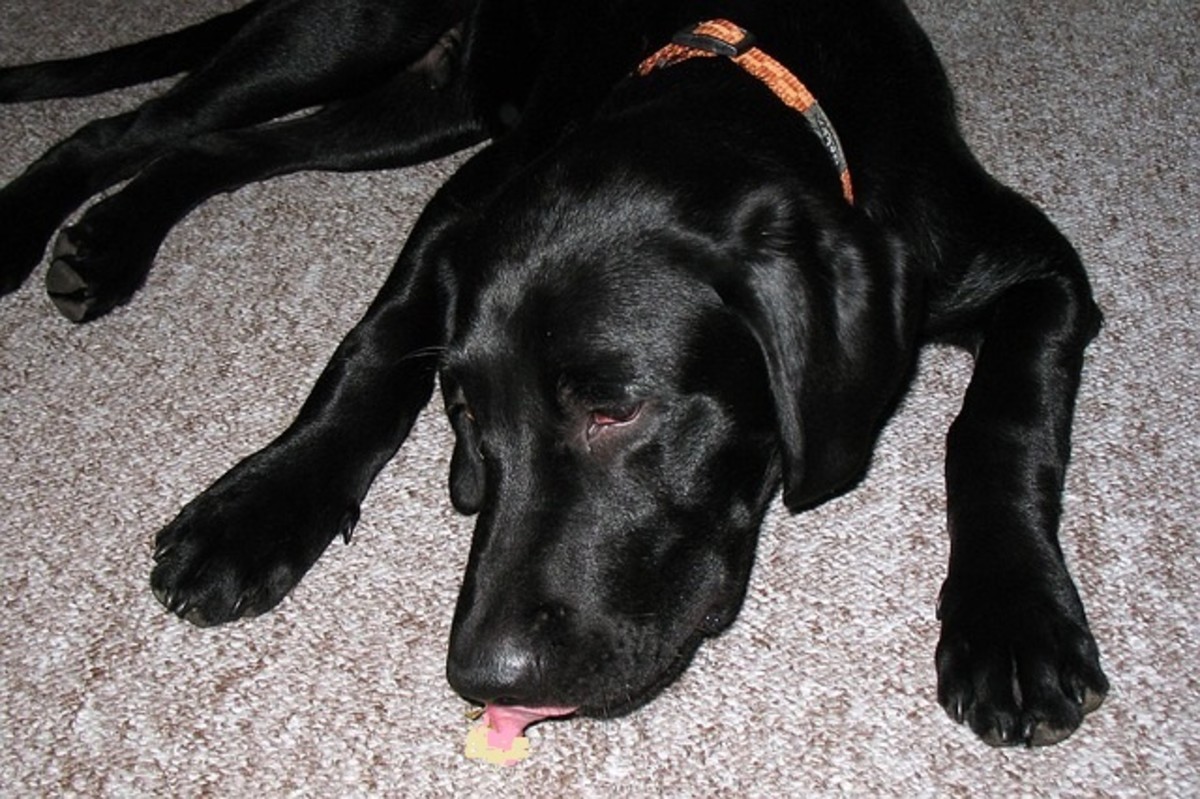
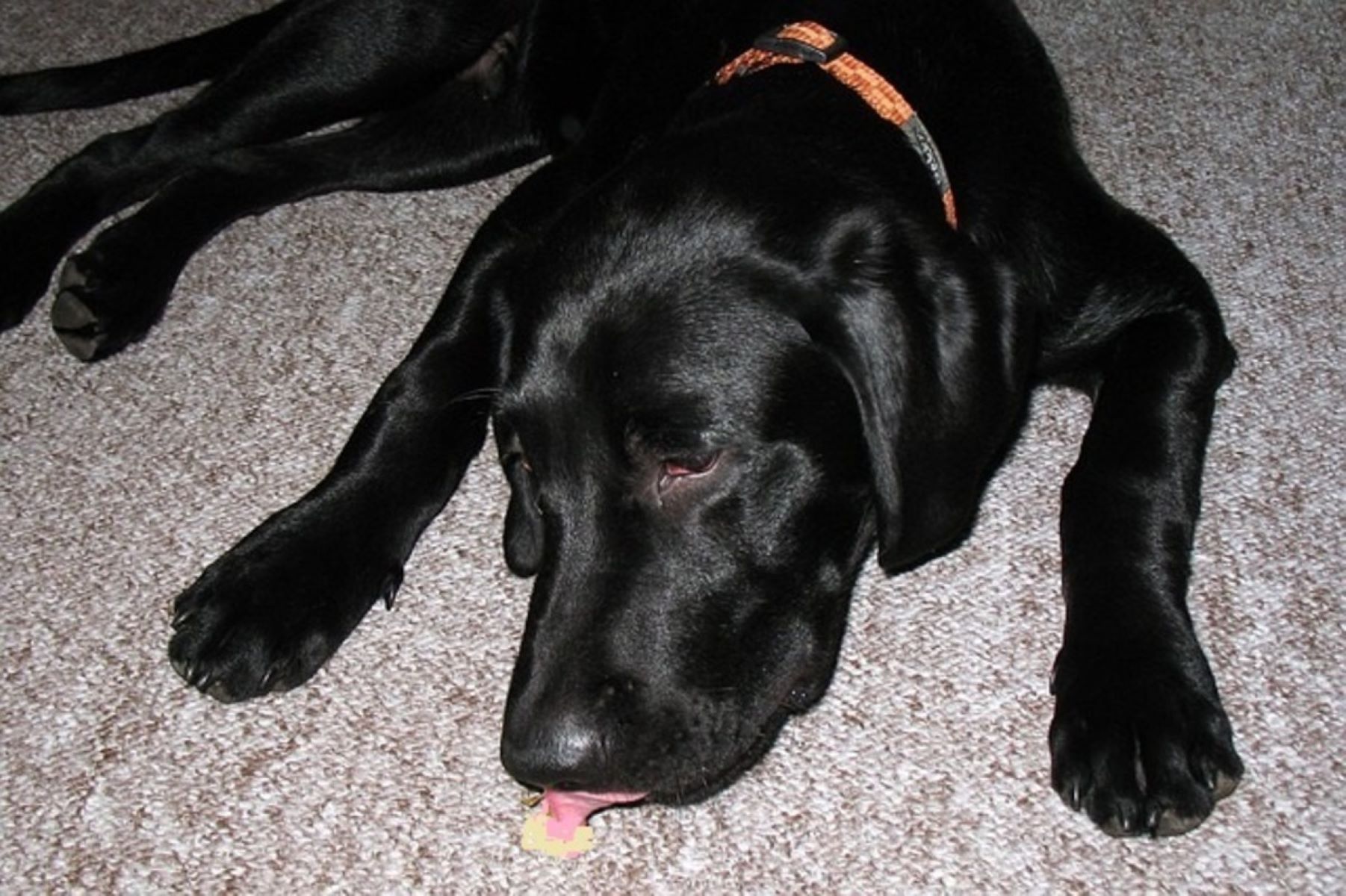
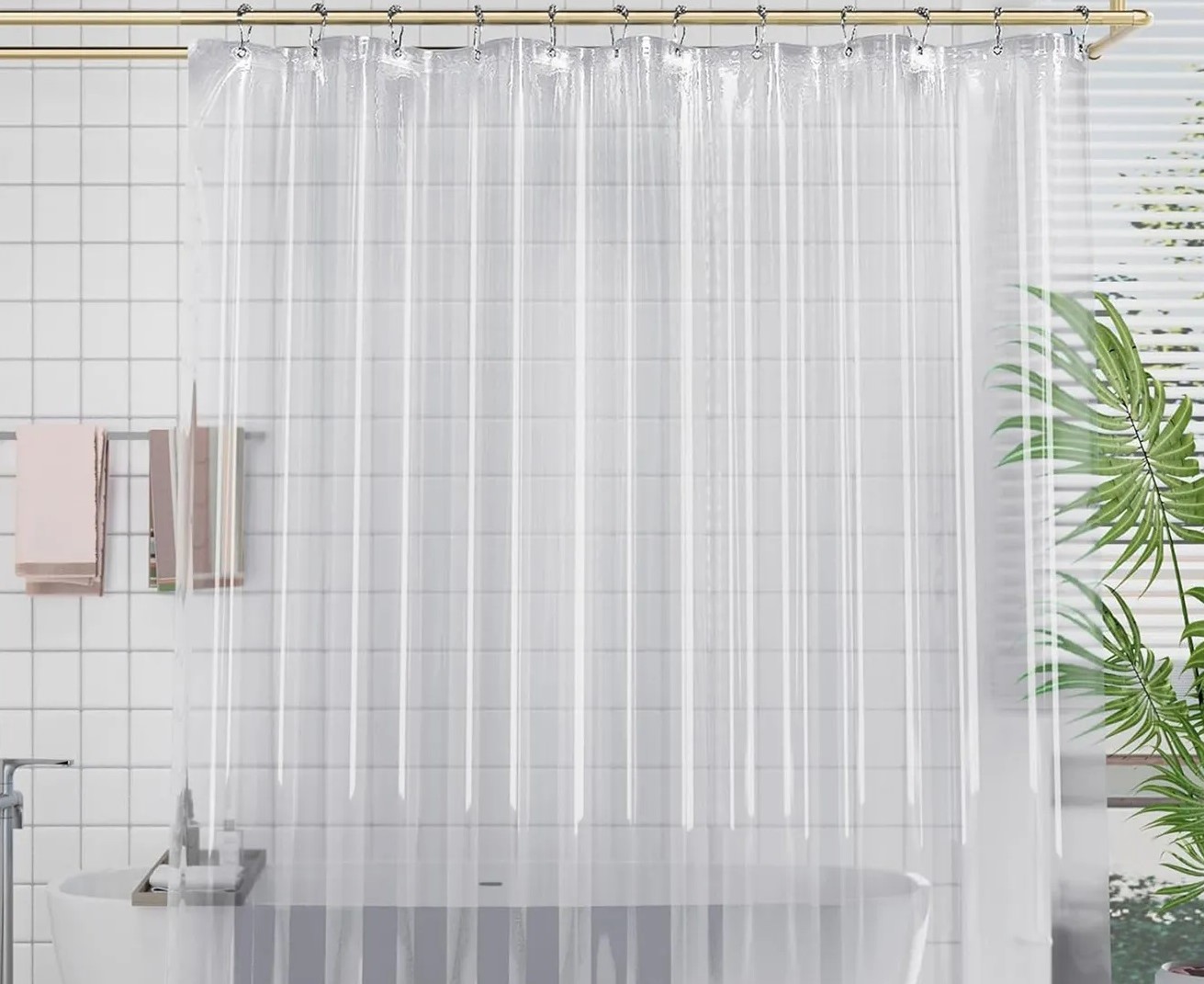
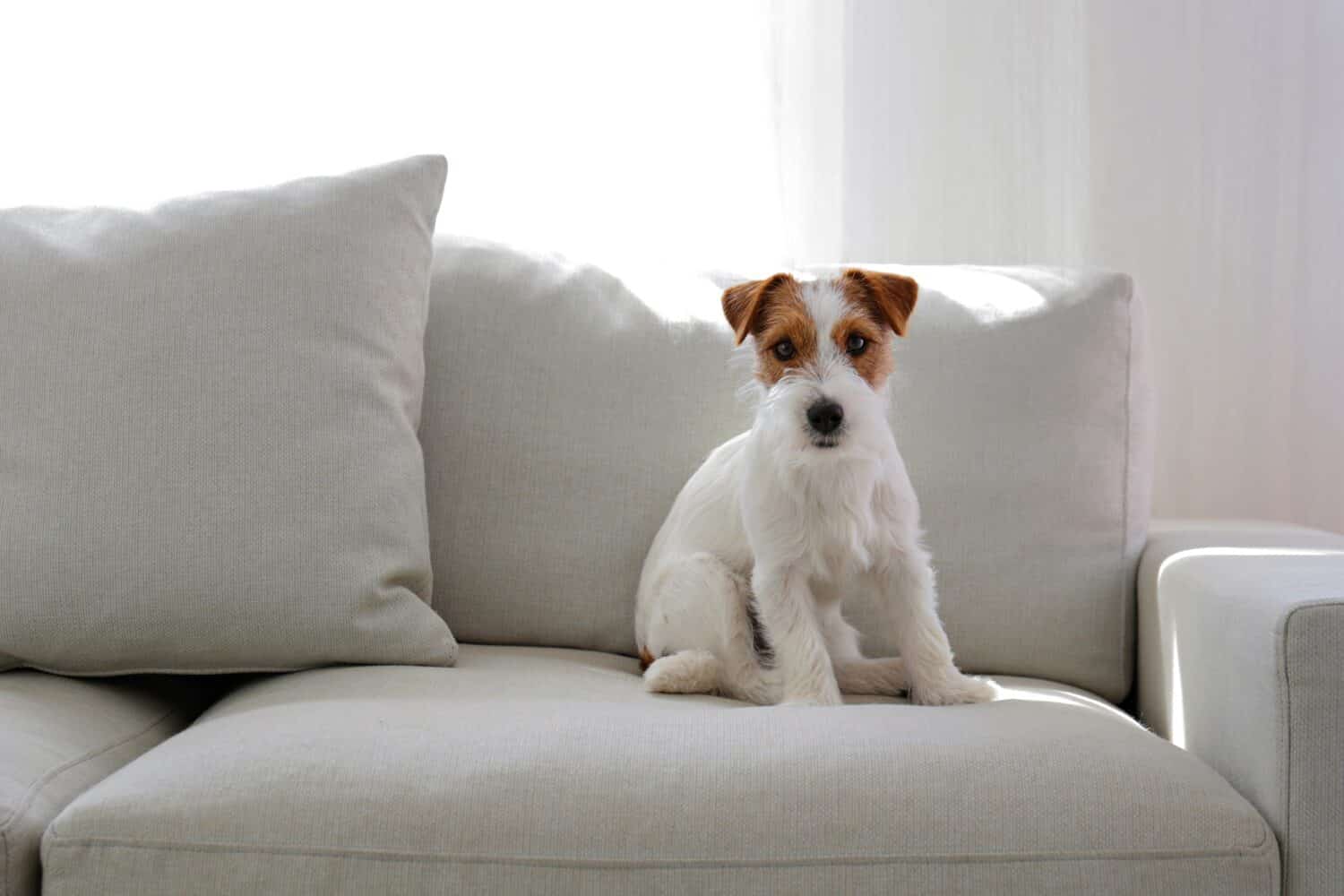
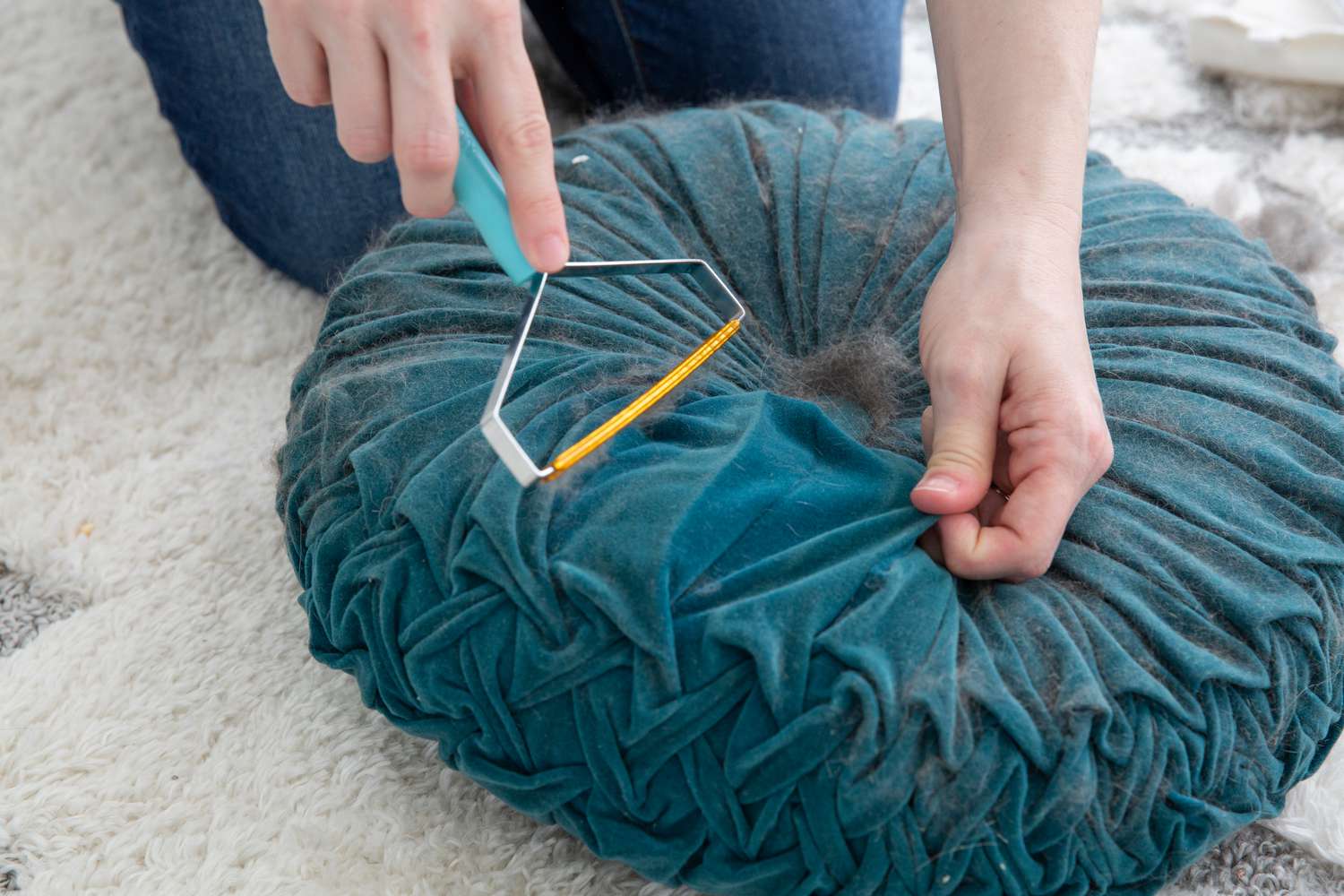
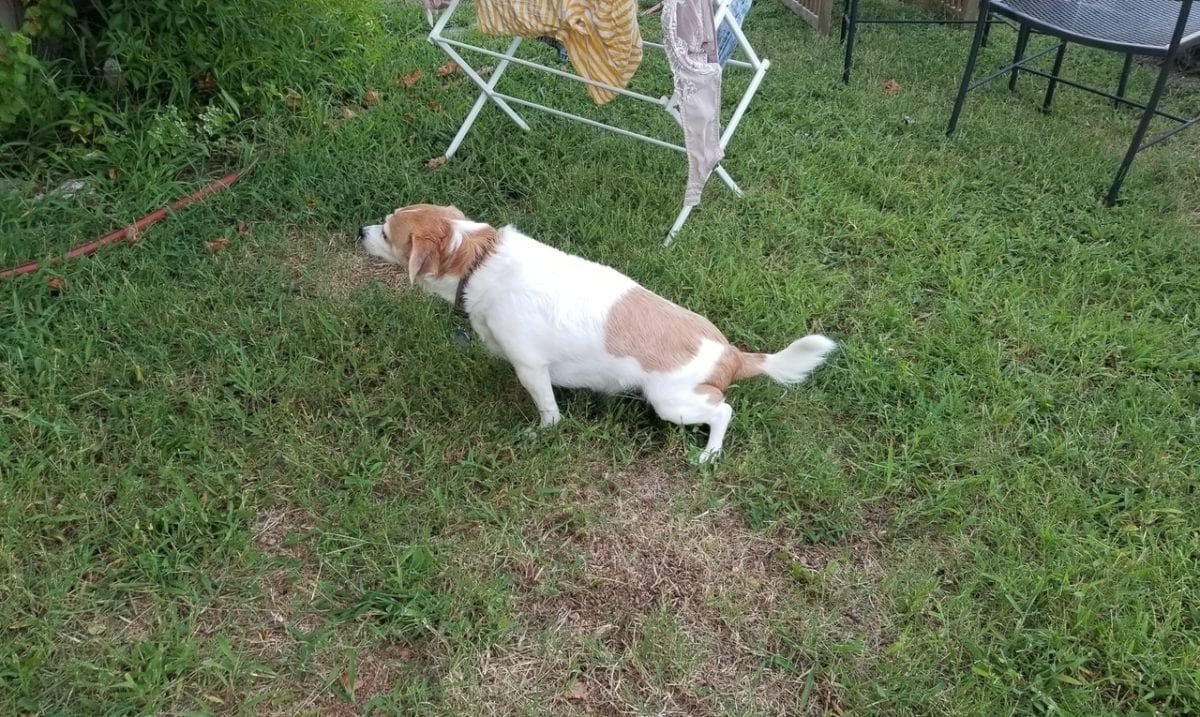
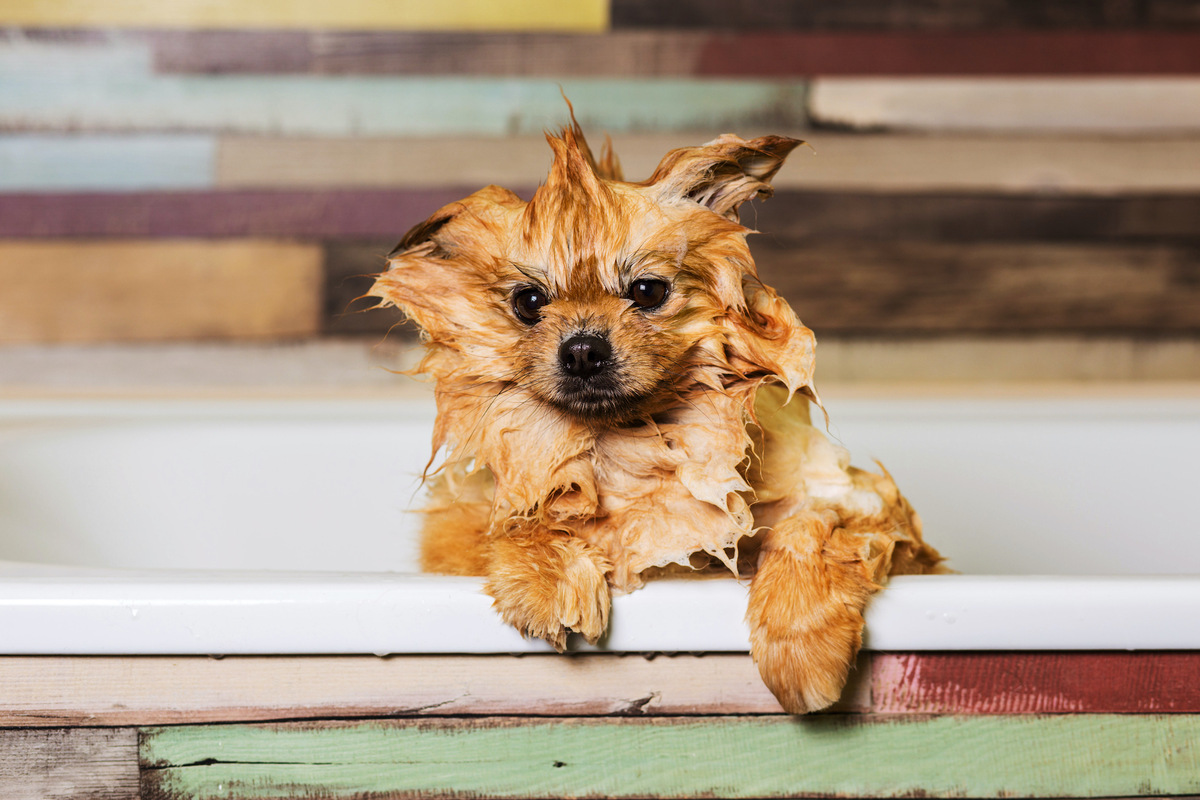
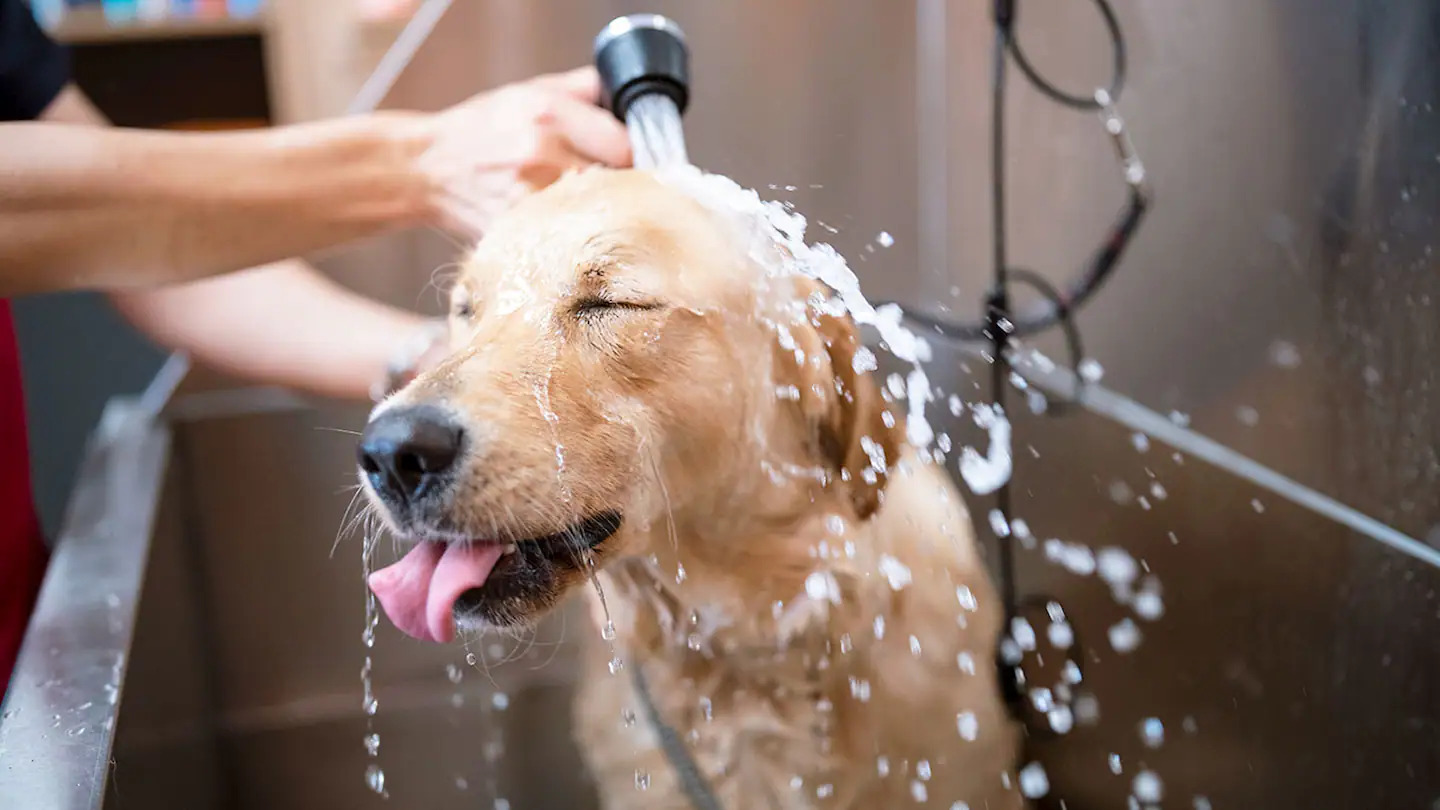
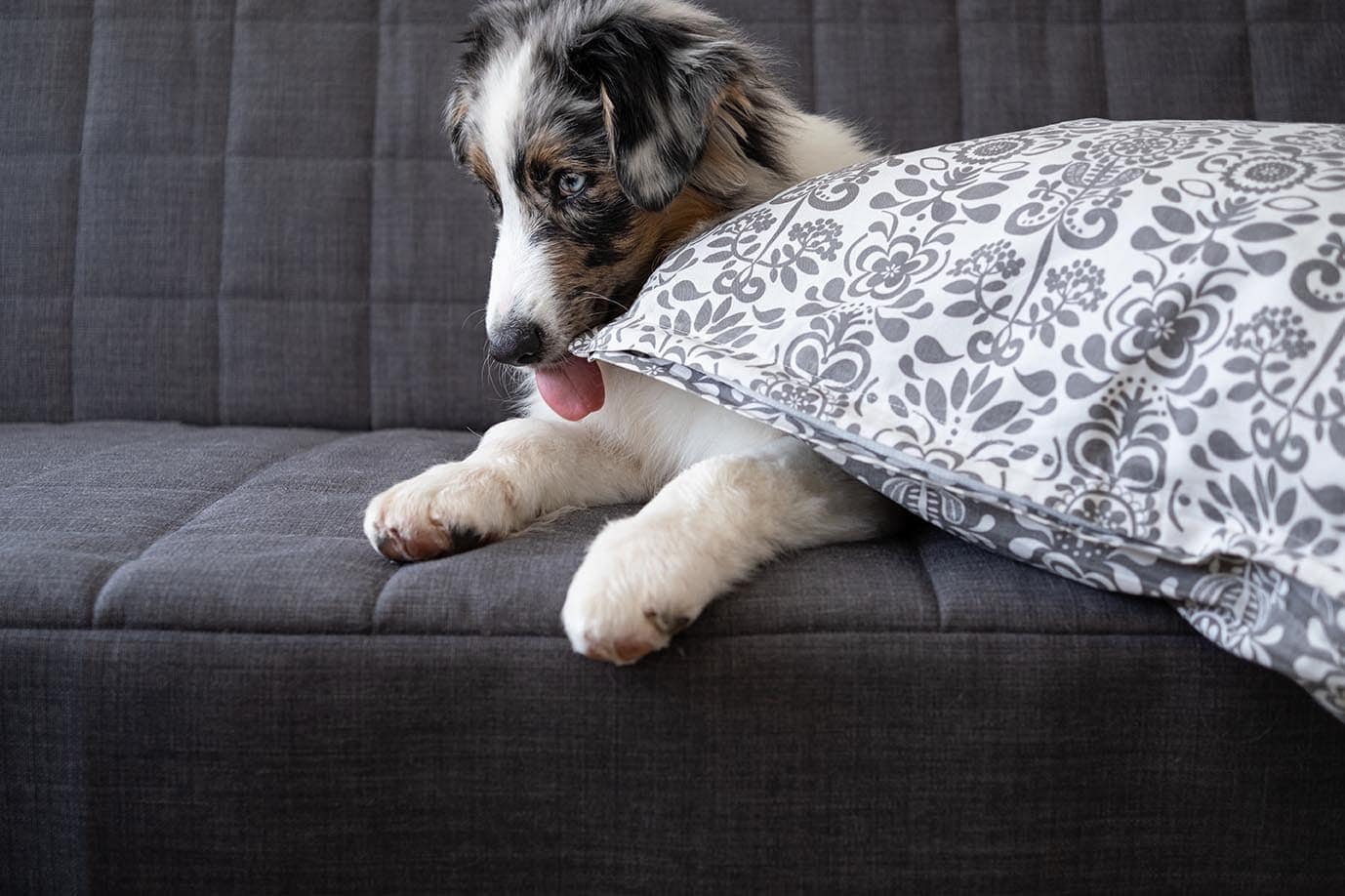
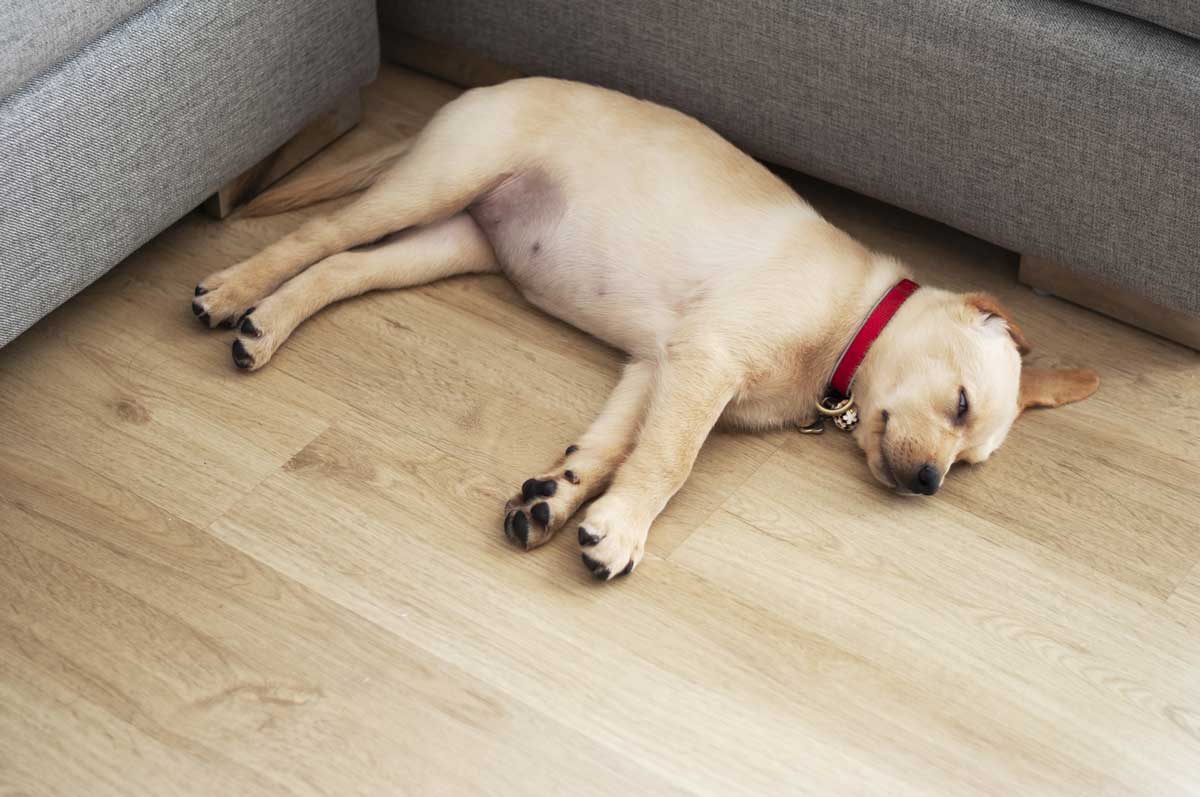
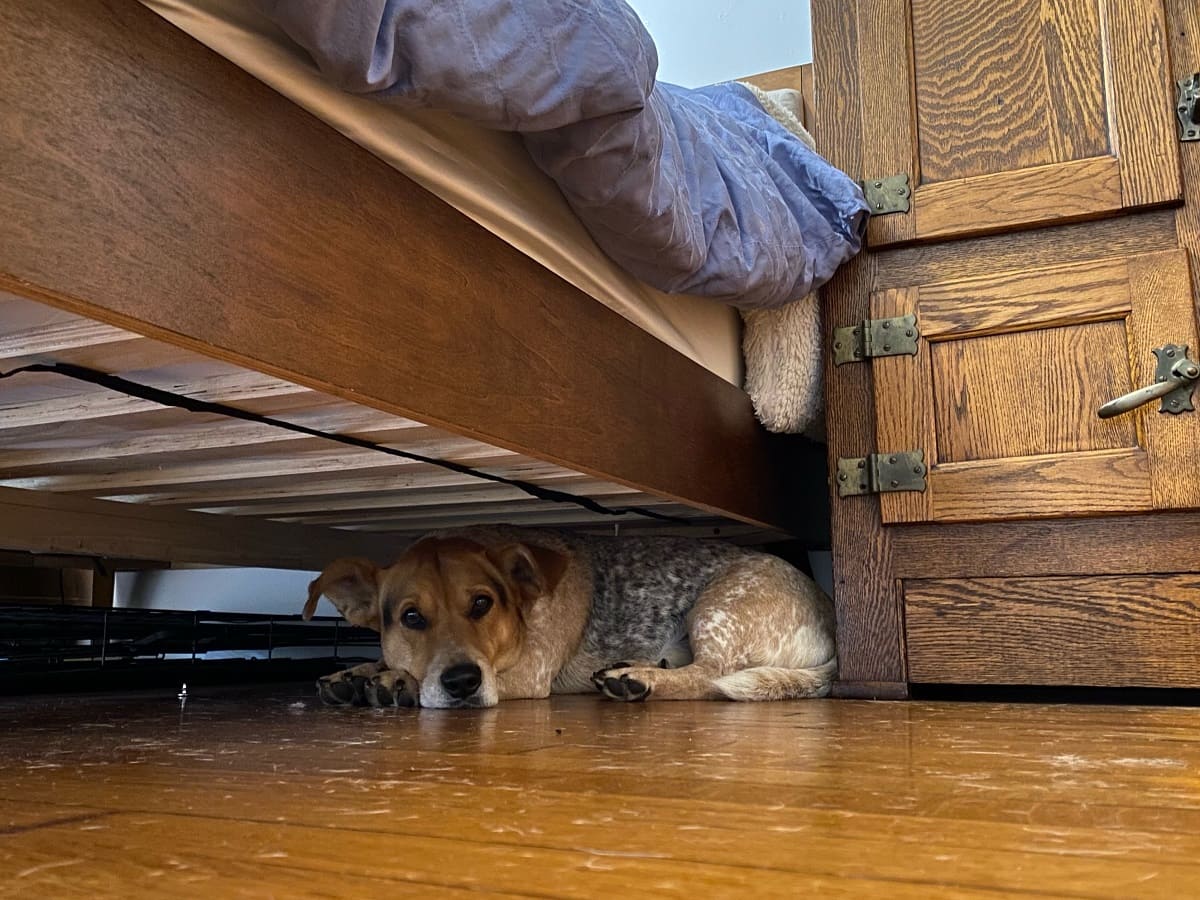
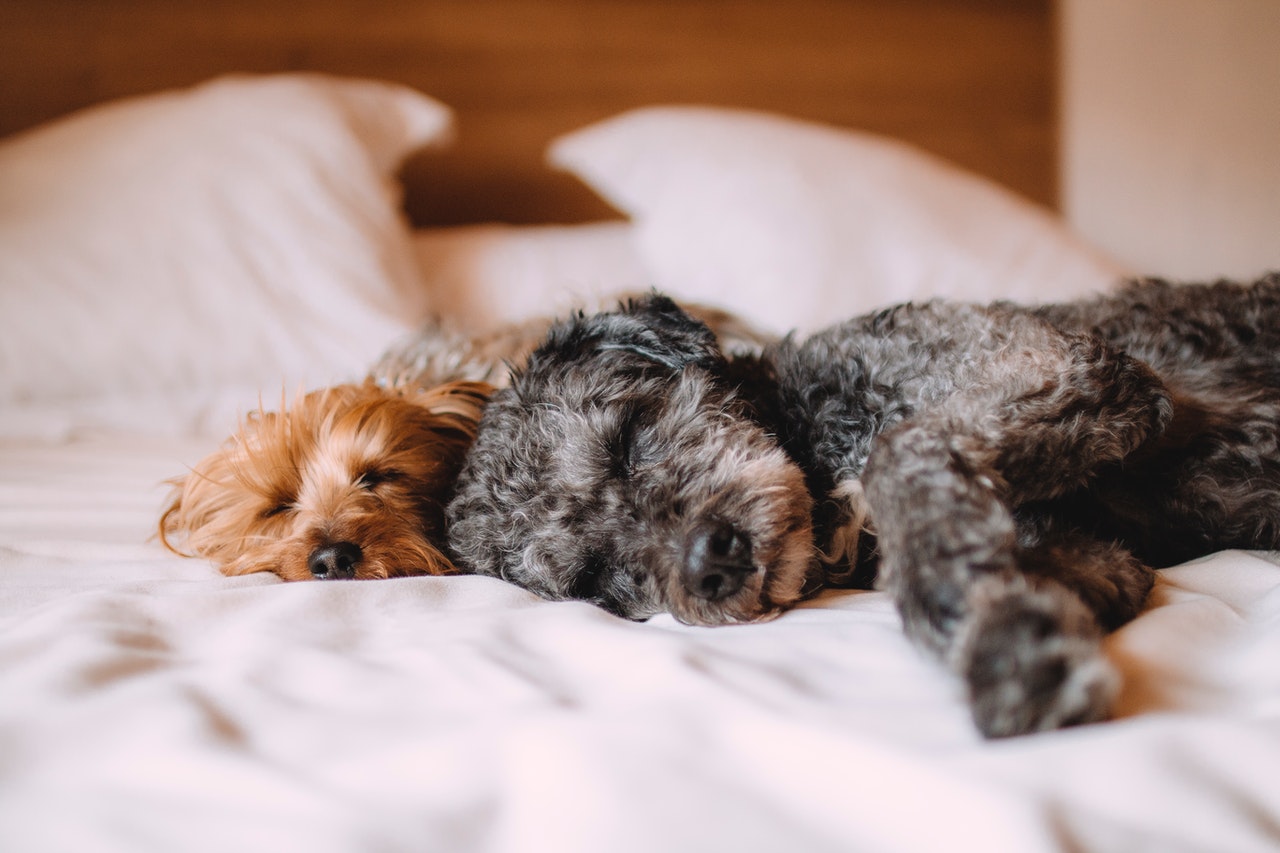
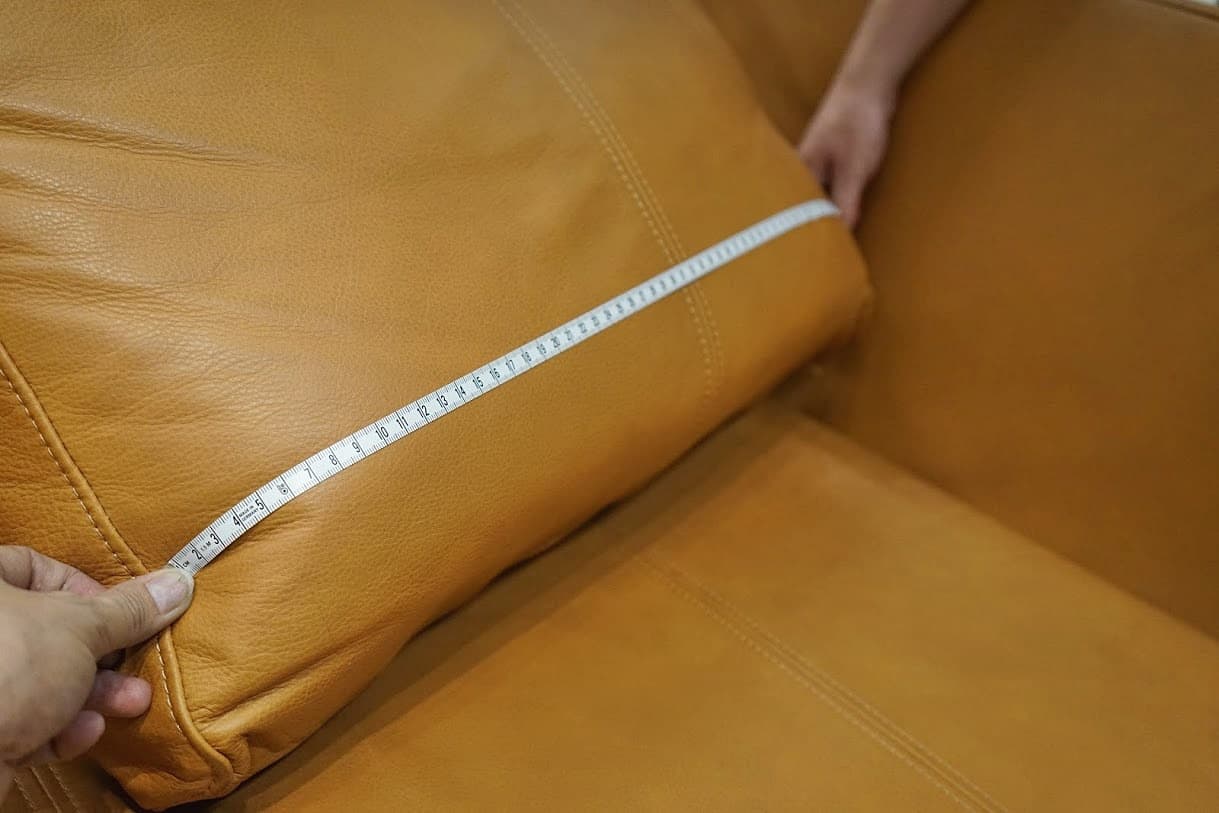

0 thoughts on “Why Does My Dog Lick The Couch Cushions”